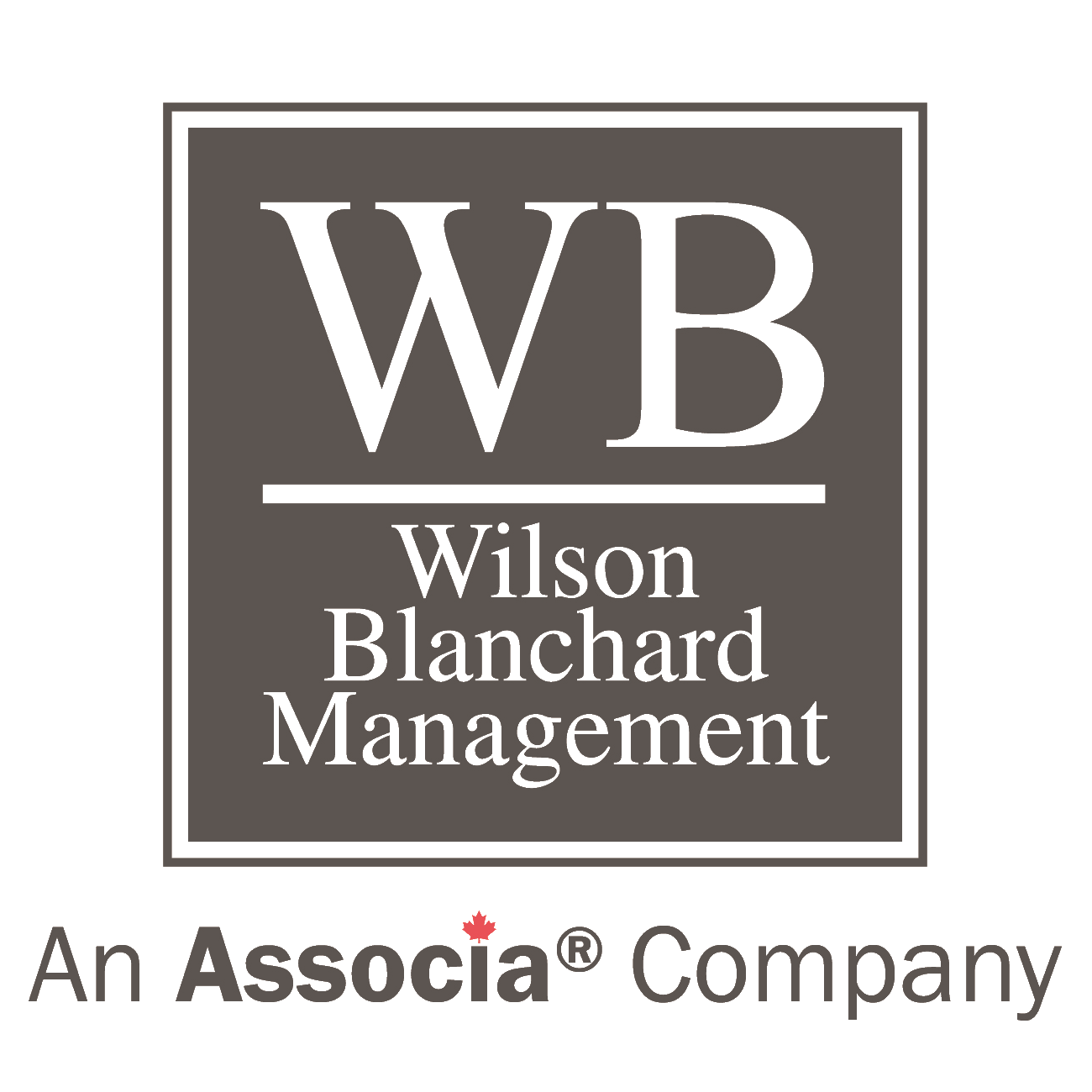How to Combat Large Accounts Receivable Balances
By Jeff Lack, BAcc, CGA – Accounting Supervisor
As appearing in WB Condo Connection, Volume 1, Issue 1
Published in CCI Review National Edition, Spring 2011
Are the Accounts Receivables at your corporation out of control? Are owners paying on a consistently late basis? Is the corporation running into overdrafts to pay its bills because of this? Most importantly, are you taking the proper steps to correct the problem?
Signs of Trouble
The first step that is necessary is to recognize you have a problem. If the Accounts Receivable balance on your Balance Sheet is the only figure you look at each month, you may not recognize you have a problem until it is too late to correct it. Does a balance of $5,000 indicate collection issues? It might if your average monthly receivables balance is only $200. However if your building is a two-tower high-rise with 400 units and a $4 million budget, $5,000 may be perfectly normal.
In order to determine whether a problem exists, trends and details must be examined. What has the balance of your Receivables been in the past – is the balance increasing every month? How old are your receivables? Examine your detailed accounts receivable listing to determine if balances are approaching (or have exceeded) the 3-month lien expiration period as prescribed by the Ontario Condominium Act (“the Act”) in Section 85(2). If so, have these arrears been secured through the Registration of a Lien? Are the same owners consistently late every month and do some owners carry one or two month balances on a consistent basis? This may result in difficulties paying the corporations expenses and in some cases force the corporation to fall into overdraft, resulting in additional bank charges and interest. Why should the majority of owners, those that do pay on time, have to cover additional bank charges and interest paid by the corporation (through increased common element fees in the next budget) as a result of a handful of owners that don’t pay on time?
Interest and Late Fees
When owners don’t pay their condo fees on time, it costs the corporation money – either in lost interest income or additional interest expenses & bank charges. In the long run, this costs all owners money as it results in higher common element fees. In order to alleviate this, the corporation has the power to charge interest and late fees for unpaid common fees and / or special assessments. The interest and late fees not only offset the loss that the corporation incurs as a result of the late payments, it also acts as a deterrent to owners in the future. Let’s face it – if an owner can only afford $300 this month and must choose between paying down their credit card balance, which carries an interest rate of over 20%, or their condo fees carrying an interest rate of Nil%, which will they choose? They may choose differently if their condo corporation charges a late fee of $10.00 and interest at a rate of 24% per year. It should be noted however that the power to charge interest and late fees is not inherent. It must be legally documented in the declaration. Failing this, a by-law must be passed and ratified by the owners and should be communicated to all owners prior to being implemented.
Change Your Lien Policy
As previously mentioned, the Act specifies a maximum of three months before a Certificate of Lien must be registered against a unit in order to secure arrears. The legal process of taking such action involves a significant cost (it can be in excess of $1,000 for the registration of a Lien), however as this cost is fully recoverable from the owner – Section 85 (3)(c) of the Act – the threat of a lien generally results in the collection of all arrears.
However, we continually see repeat owners receive a Notice of Lien (the “threat” letter) and pay off their arrears before a lien is registered. In paying their arrears, they avoid the Lien registration cost and know that another Notice of Lien will not be issued for 3 months. Three months later, they have made no payments and the process repeats itself – threat letter, payment in full, 3 more months before a payment is made. In the meantime, the corporation must carry on paying its bills on a regular basis with no condo fees being received.
What’s worse, we often encounter owners who “play the lien game”. That is, they know the process of issuing a Notice of Lien occurs as soon as they fall 3 months in arrears. As such, they consistently carry a balance of two months. They fail to pay January and February. On March 1, they pay their January fees. That way, they are still only 2 months in arrears. On April 1, they pay February. Again, only March and April are outstanding so a Notice of Lien is still not sent. In this sense, the corporation is short two months common fees indefinitely.
In order to avoid this, the Board of Directors can choose a lien policy of less than 3 months – the maximum prescribed by the Act. Section 85(1) indicates that “if an owner defaults in the obligation to contribute to the common expenses, the corporation has a lien against the owner’s unit…” There is no minimum time period specified. By decreasing the lien policy to 60 (or even 30) days, the gap between default of payment and the commencement of collection activity is shortened. The result is fewer accounts receivables, less stress on the corporate bank account and more interest income / less interest expense & service charges for the condo.
